Climate change is threatening water resources in the Southwest through increased temperatures, drought, and more erratic precipitation. Effective adaptation will require flexible decision-making and the incorporation of technological innovation with Indigenous and local knowledges.
The EPA claims annual precipitation has decreased in Arizona during the last century, and it may continue to decrease. Soils are likely to be drier, and periods without rain are likely to become longer, making droughts more severe.
The decline in snowpack could further limit the supply of water for some purposes. Much of Arizona’s water supply is groundwater, which should be relatively less impacted than surface water supplies, though less Colorado River water will mean more groundwater pumping and less aquifer replenishment. The Salt-Verde system does not appear to be as susceptible to climate change impacts as the Colorado River system. Learn more.
Tap water is the water that is delivered to customers who are connected to the main supply of a local water system. Tap water is treated before delivery to meet the requirements of the Safe Drinking Water Act and is delivered within proper pressure parameters. Tap water is delivered to households, businesses, and industries and is used for many different purposes, including domestic uses indoors, domestic uses outdoors (such as landscape irrigation), and business and industrial purposes of all kinds, both indoor and outdoor. In a general sense, tap water is drinking water, though it can be used for non-drinking water purposes such as landscape irrigation or industrial processing.
Focus on reducing outdoor water use, such as what we use to water grass yards and maintain pools, because it accounts for as much as 70% of municipal water use. In contrast, over 90% of water used indoors is treated and recycled in Arizona.
Municipal demand comprises less than 40% of total water demand in Central Arizona, and Colorado River water makes up only about 40% of that demand. Groundwater, Salt River Project water, and reclaimed water make up the rest. Long-term reductions in outdoor water use by urban users are helpful because they enable water providers to stretch available supplies to serve more people and businesses. While helpful, especially at a local level, reductions in municipal water use won’t necessarily translate into water left in Lake Mead: Junior priority users are entitled and eager to use water that more senior contract holders leave in the system. Learn more.
Experts are most concerned about parts of the state that are largely reliant on a single resource like the Colorado River, which is currently experiencing a megadrought, or only groundwater. We should be paying the most attention to the strategies we need to manage risk in those areas. Marginalized populations in high-income countries are the communities that most often experience water insecurity. In the U.S., this includes low-income families, migrant workers, minority-headed households, houseless people, and tribal populations. For example, across the Navajo Nation, lack of access to potable water is common, and that access is hindered by water infrastructure costs, which can be as much as 70 times higher for a Navajo family relying on hauled water than for non-Indigenous families with piped delivery.
Arizona Water for All uses community-participatory research approaches to address water insecurity. We offer communities a pathway to solicit research that centers their water needs—and access to data that communicate those water needs to decision-makers. We recognize that climate change and infrastructural decline make it difficult to bring piped water to everyone who needs it. For these reasons, we do not pursue “one-size-fits-all” solutions. Instead, we work alongside communities to co-develop programs and technologies that address their unique water needs.
For example, community-based participatory research (CBPR) is a collaborative process between community members, community-based organizations, and academics. Arizona Water for All seeks to build long-term relationships with community members impacted by water insecurity to better understand their situations and create programs and technologies that directly address their interests and concerns. CBPR has the potential to make research more responsive to existing needs and to enhance a community’s ability to address important health issues.
Tools
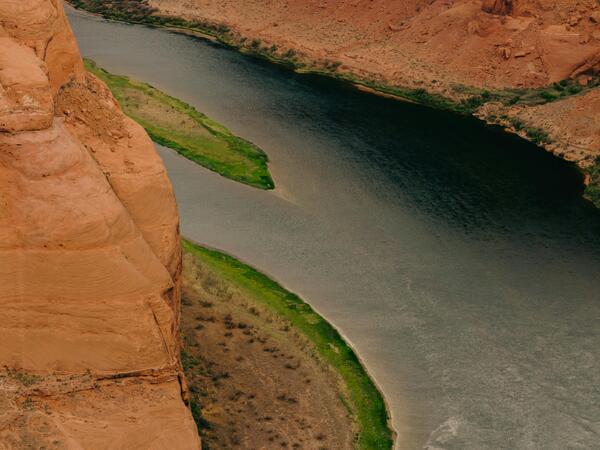
CRB Scenario Explorer
A guided analyses that evaluates the sensitivity of future Colorado River Basin hydrology to forest disturbances (wildfire, drought, pest-infestations) under climate change, based on a set of simulation scenarios.…

Rural Water in Arizona Map
A deep dive into rural water concepts in Arizona, including lack of regulation, pressure hotspots on groundwater supplies, and the effect wells have on adjacent rivers or streams via a map interface. Developed by the Kyl…
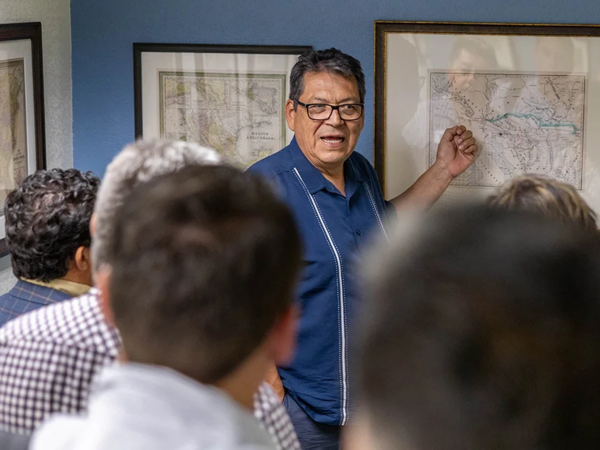
Water Augmentation Maps
A collection of augmentation concepts such as groundwater projects, surface water projects, ocean desalination, and infrastructure projects that are currently in place or are proposed for future projects delivered via a…

AZ Groundwater Dashboard
The Arizona Groundwater Dashboard provides insights into the state's groundwater basins based on data collected from the Arizona Department of Water Resources.
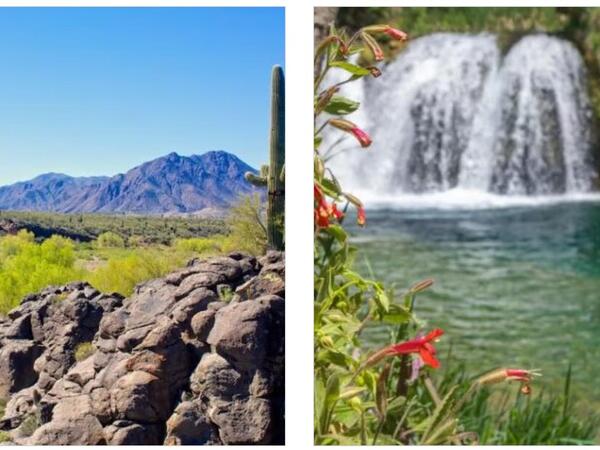
Water Issues in Depth
Arizona Water Blueprint's catalog of storymaps to explore many important water-related topics such as Arizona's water history, watersheds, and rural water use.
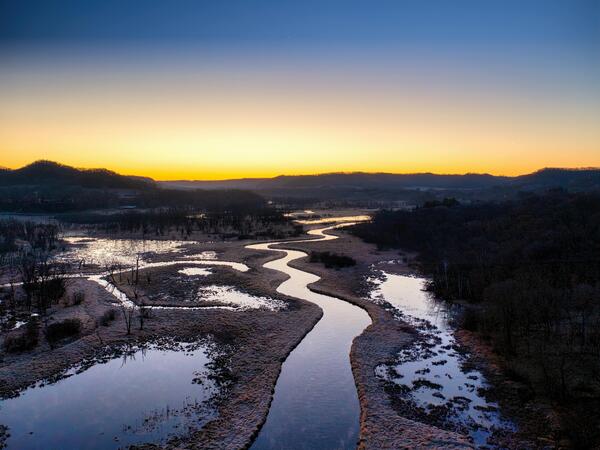
Colorado River Shortage Storymap
This engaging storymap explains what a Colorado River shortage means for Arizona, as well as the steps the state is taking to mitigate these issues. Developed by the Kyl Center for Water Policy.
Fact sheets
Research and policy briefs

How Arizona Municipal Water Providers Are Regulating Large-Volume Water Users
Recognizing the need to manage water supplies sustainably and cognizant of public concerns about long-term availability, at least nine large municipal water providers in Arizona have passed ordinances imposing…
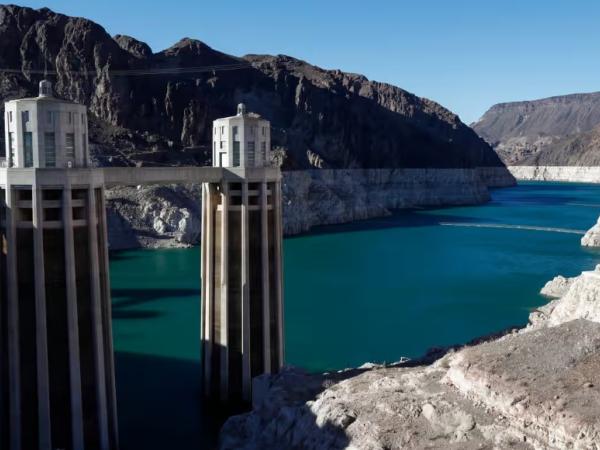
Arizona Guide to the Expiration of the 2007 Operating Guidelines for Lakes Powell and Mead
In response to drought and declining reservoir levels, in 2007 the seven states that share Colorado River water agreed to new guidelines for managing the system; the guidelines and additional measures will expire in…
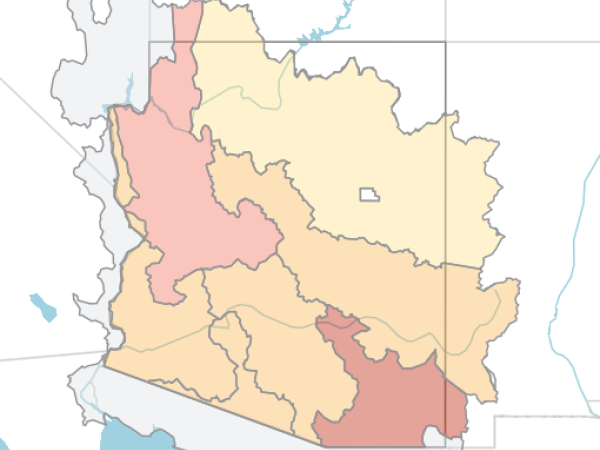
Research brief: Declining freshwater availability in the Colorado River Basin threatens sustainability of its critical groundwater supplies
The Colorado River Basin, a crucial water source for several U.S. states and Mexico, is facing a severe and ongoing decrease in freshwater – both surface and groundwater. This decline is mainly due to the changing…
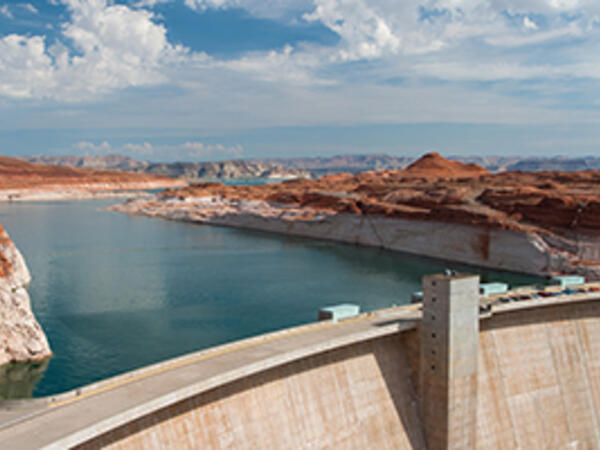
Floating Pools & Grand Bargains
Negotiations over the future of the Colorado River hinge on a bold new idea: Floating Pools — reserved water storage designed to reduce conflict and avoid litigation between Upper and Lower Basin states. Our new report…
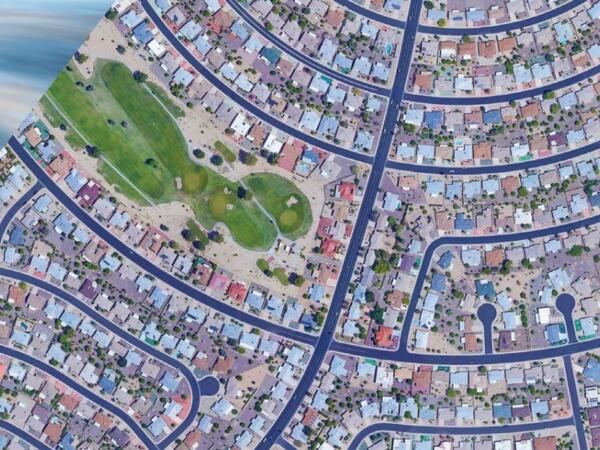
More Elusive Than Ever: Arizona’s Assured Water Supply Protections Under Colorado River Shortages and Groundwater Scarcity
In the state's most urban areas, Arizona's Groundwater Management Act prohibits the sale of subdivision lots that lack a 100-year assured water supply. Allowing groundwater to qualify as an assured supply conflicts with…
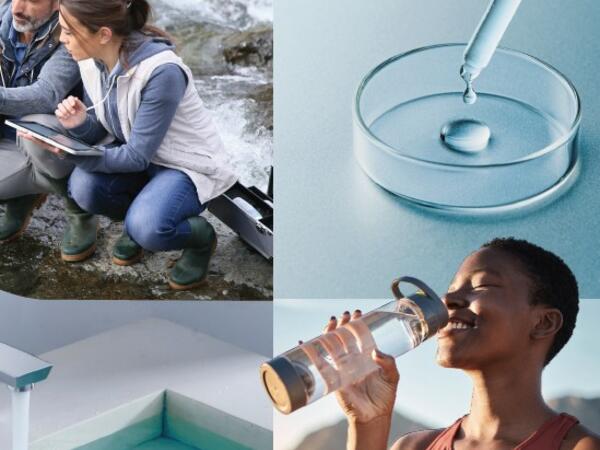
2024 Arizona Water Innovation Initiative Year in Review
We in the Arizona Water Innovation Initiative (AWII) are doing our part to develop innovative solutions to water challenges across the state with our five strategic priorities, as well as several cross-cutting…
Newsletters
Interested in keeping up with our events, news, and resources? Sign up for our newsletter today!
Sign up